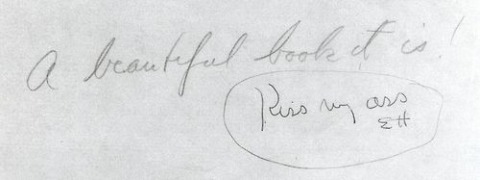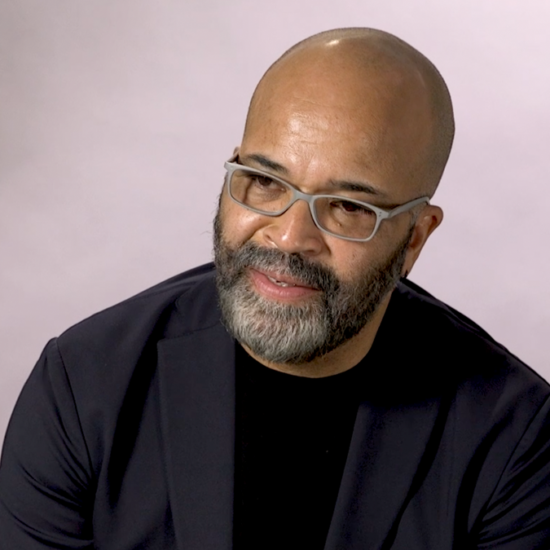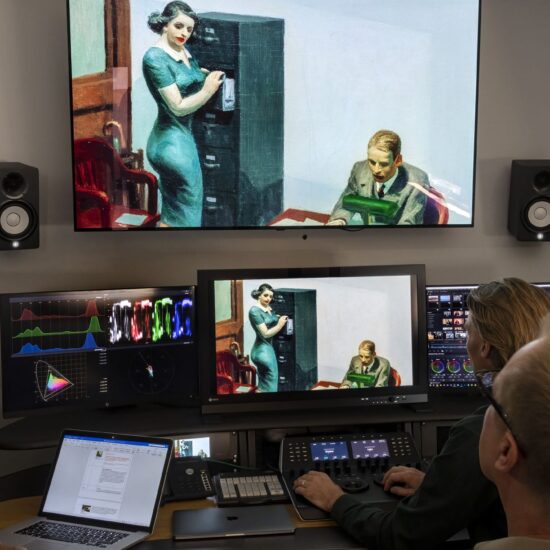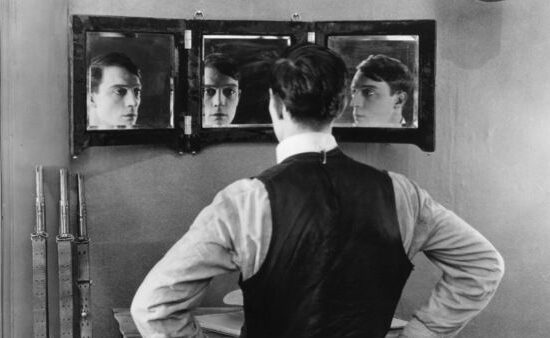
Best known as the author of “The Great Gatsby,” F. Scott Fitzgerald’s stories capture the allure and tempestuousness of “the jazz age.” Though he struggled throughout his career, Fitzgerald’s literary contributions are now regarded among America’s greatest works. Here are ten surprising facts about the writer.
1. His full name was Francis Scott Key Fitzgerald.
Fitzgerald was named after his distant cousin Francis Scott Key, famous for writing “The Star-Spangled Banner.” Perhaps coincidentally, one of Fitzgerald’s suggested titles for “The Great Gatsby” was “Under the Red, White, and Blue.”1
2. Fitzgerald trained under President Dwight D. Eisenhower.
Amidst Word War I and unrequited love, Fitzgerald dropped out of Princeton to join the Army as a second lieutenant. While awaiting deployment, he received training at Fort Leavenworth under future president Dwight Eisenhower. In Michael Korda’s “Ike: An American Hero,” he recounts that Fitzgerald was a difficult student “who slept through [Eisenhower’s] lectures and disliked him intensely.”2
It was during this time with the army that Fitzgerald met his wife, Zelda Fitzgerald (nee Sayre), while stationed in Alabama. Their volatile relationship would go on to inspire several of his novels, using her as a muse for characters like Daisy Buchanan in “The Great Gatsby” and Gloria Gilbert in “The Beautiful and Damned.”
3. “The Great Gatsby” was a commercial failure.
Though many noted literary critics like Gertrude Stein appreciated “The Great Gatsby,” it did not receive recognition from the wider commercial audience. Many reviewers saw it as a mediocre crime novel, such as the New York World which featured the headline, “Fitzgerald’s Latest A Dud.” When Fitzgerald passed away in 1940, his last royalty check was for $13.13.3
It wasn’t until World War II that the novel was rediscovered, when it was selected to be one of the “Armed Services Editions” for soldiers to read while abroad. It was also provided to prisoners of war in Japan and Germany through the Red Cross, with over 123,000 copies distributed by 1943.
4. He sent Hemingway 10 pages of critiques on a draft of “A Farewell to Arms.”

From the Ernest Hemingway Collection at the JFK Library
The creative collaboration between Ernest Hemingway and F. Scott Fitzgerald is among the most infamous literary friendships. The two grew to be close friends as expatriates living in Paris and shared drafts of work with one another. On one occasion, Hemingway shared a draft of his third novel, “A Farewell to Arms” – a largely autobiographical love story reflecting on the disillusionment of the “Lost Generation” and the shared trauma of war. Fitzgerald responded with ten pages of edits and comments, signing off with “A beautiful book it is!”
Hemingway responded, “Kiss my ass. EH”4
6. He was the first person to use the word “T-shirt” in writing.
The T-Shirt was originally marketed as a simplistic undergarment to bachelors who couldn’t sew. By the 1920s, the term and shirt had grown in popularity, with the first known written use attributed to F. Scott Fitzgerald in “This Side of Paradise.”
“So early in September Amory, provided with ‘six suits summer underwear, six suits winter underwear, one sweater or T shirt, one jersey, one overcoat, winter, etc.,’ set out for New England, the land of schools.”
“This Side of Paradise” is also credited with the first use of the word “wicked” to describe something good.
“Tell ’em to play ‘Admiration’!’ shouted Sloane. ‘You two order; Phoebe and I are going to shake a wicked calf,’ and they sailed off in the muddled crowd.”
7. He wrote “The Curious Case of Benjamin Button.”
The 2008 film starring Brad Pitt and Cate Blanchett owes its story to Fitzgerald, who originally wrote “The Curious Case of Benjamin Button” for Collier’s Magazine in 1927.
8. He popularized the term “the jazz age,” but did not create it.
Fitzgerald is often credited with coining the term “the jazz age,” but this is most likely not true. However, he did popularize its widespread use with the publication of his 1922 collection of short stories, “Tales of the Jazz Age.”
9. He was worried Willa Cather thought he plagiarized her.
Among Fitzgerald’s literary influences, not as many are aware of his admiration for author Willa Cather. However, it’s clear that Fitzgerald was inspired both by Cather’s style and subjects she covered in “My Antonia” and “A Lost Lady.”
So much so that after publishing “The Great Gatsby,” Fitzgerald wrote to Cather in 1925 explaining his fear that she might think he plagiarized her for a sentence as “parallel and almost similar” to one in “A Lost Lady.”
“As one of your greatest admirers, I want to write to explain an instance of apparent plagiarism . . .”
Cather responded graciously, noting that Fitzgerald’s characterization of Daisy Buchannan’s charm explored themes similar to her own:
“So many people have tried to say that same thing before either you or I tried it, and nobody has said it yet.”
However, Fitzgerald would go on to lament to H.L. Mencken – an influential literary critic – that “The Great Gatsby” did not measure up:
“I admit that in comparison to ‘My Antonia’ and ‘The Lost Lady’ [sic] it is a failure….”4
10. He was a screenwriter for M-G-M.
For 18 months, F. Scott Fitzgerald worked in the writer’s building at Metro-Goldwyn-Mayer from 1937-38. Though he only received one screen credit for his work on “Three Comrades,” he also contributed to “Infidelity” – a film that was intended for Joan Crawford, but was cancelled due to its subject matter – and “The Women,” which was ultimately rewritten.
Budd Schulberg, Academy Award-winning screenwriter of “On the Waterfront” recalled his impression of Fitzgerald:
“Unlike all the famous Eastern writers who came to Hollywood to replenish lost fortunes and ‘take the money and run,’ Fitzgerald regarded the motion pictures a unique 20th-century art form that demanded as serious attention as their novels and plays.”
Fitzgerald’s screenplay archive now resides at The University of South Carolina, which includes 2000 pages of his notes, manuscripts and drafts for screenplays.
Work Cited

















